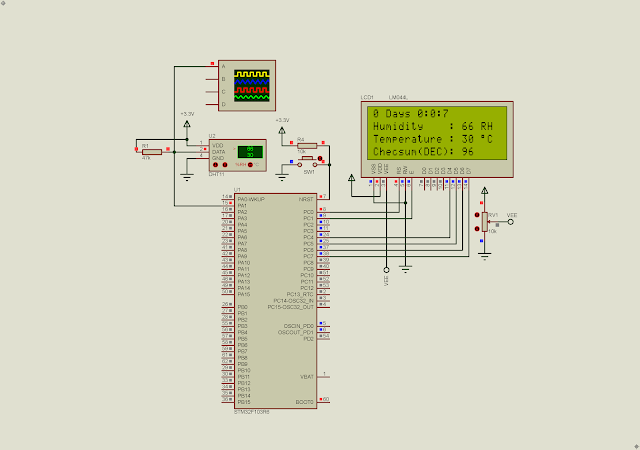Multiplexing display could save the amount of micro-controller digital output comparing to a conventional individual 7-Segment display driving. Each digits are activated for a few Milli-seconds. We can multiplex up to 8 digits of 7-Segment display for convenient.
 |
| Simulating Program |
 |
Pin configurations |
Click here to download its source file.
For other similar posts please check,
- Getting Started With STM32F103C8T6 Module with STM32CubeIDE
- STM32F103C8T6 Blue Pill SysTick and Multiplexing Display Example
- STM32F103C8T6 Blue Pill Switch And Multiplexing Display Interface Using SysTick
- STM32F103C8T6 Blue Pill SysTick LED Blinking
- STM32F103R6 Common Anode Seven Segments Display Example
- STM32F103R6 Common Anode Seven Segments Display And Switch Interfacing
- STM32F103R6 Simple 2-Digit Multiplexing Display And Switch Example
- STM32F103R6 SysTick And Digital Clock Example




No comments:
Post a Comment